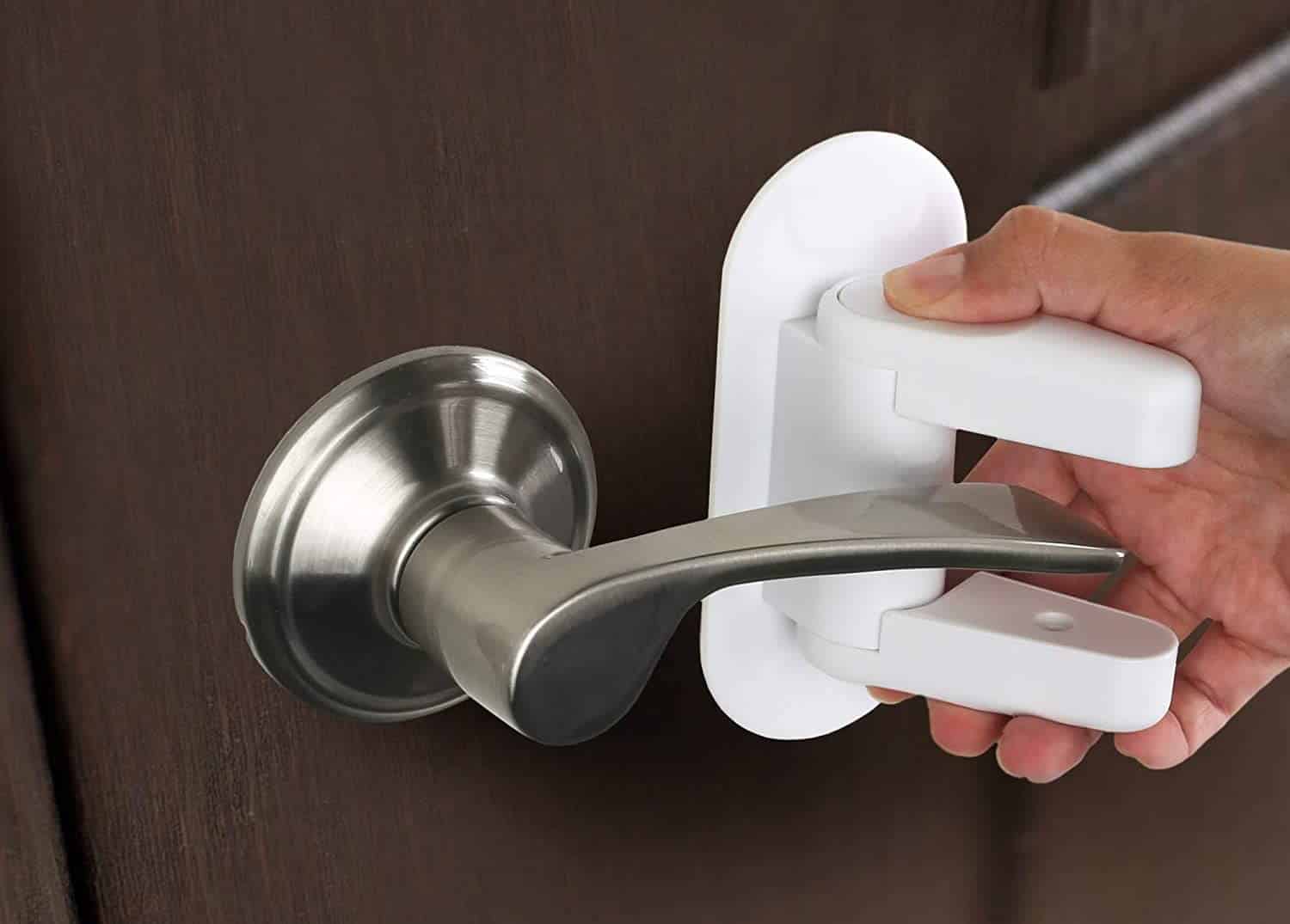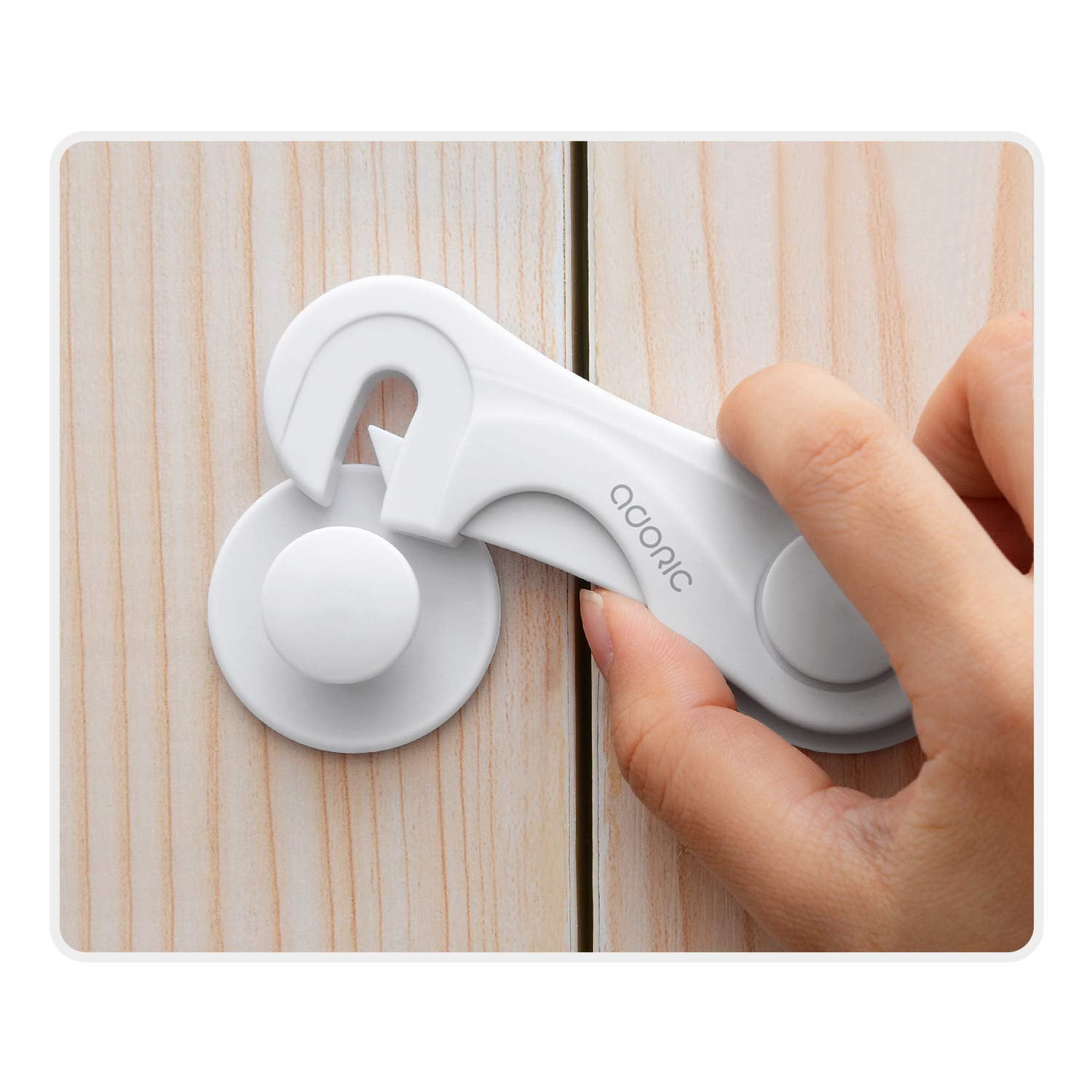Understanding Childproofing Cabinets

Childproofing cabinets is an essential safety measure for families with young children. It’s crucial to ensure that your little ones are safe from potential dangers hidden within cabinets.
Potential Dangers in Unlocked Cabinets
Unlocked cabinets can pose significant risks to children. Here are some common examples:
- Cleaning Supplies: Harsh chemicals like bleach, ammonia, and detergents can cause severe burns, poisoning, and respiratory problems if ingested or touched.
- Medications: Over-the-counter and prescription medications can be extremely dangerous for children. Ingesting even small amounts can lead to serious health issues or even death.
- Sharp Objects: Knives, scissors, and other sharp tools can cause serious injuries if accessed by children.
- Flammable Liquids: Liquids like lighter fluid, gasoline, and kerosene are highly flammable and can cause fires or explosions.
- Breakable Items: Glassware, ceramics, and other breakable items can lead to cuts and other injuries.
Identifying Cabinets That Need Childproofing
It’s important to identify all cabinets in your home that require childproofing. Here’s a guide to help you:
- Kitchen Cabinets: Cabinets containing cleaning supplies, medications, sharp objects, and food items that could be choking hazards should be childproofed.
- Bathroom Cabinets: Cabinets storing medications, cleaning supplies, and sharp objects like razors need to be secured.
- Laundry Room Cabinets: Cabinets containing detergents, bleach, and other cleaning products should be childproofed.
- Utility Cabinets: Cabinets containing tools, paints, and other potentially dangerous items should be secured.
Practical Childproofing Tips: Best Way To Childproof Cabinets

Best way to childproof cabinets – Childproofing cabinets is an essential step in keeping your little ones safe. It involves implementing measures to prevent them from accessing potentially dangerous contents. Here, we’ll explore practical tips for childproofing cabinets in different areas of your home, along with techniques for installing childproofing devices effectively.
Kitchen Cabinets, Best way to childproof cabinets
Kitchen cabinets often contain sharp objects, cleaning supplies, and medications, making them a high-risk area for young children. To effectively childproof kitchen cabinets, you can employ several strategies.
- Install cabinet locks: These devices are simple to use and highly effective. They prevent cabinets from opening unless the lock is released. Magnetic cabinet locks are popular choices, as they are easy to install and use. You can find these locks at most hardware stores or online retailers.
- Use latches or straps: Cabinet latches and straps work similarly to locks, preventing cabinets from opening. These options are often more affordable than locks but might require a bit more effort to install.
- Store dangerous items out of reach: Even with childproofing devices, it’s best to store potentially hazardous items, such as cleaning products and medications, in high cabinets or areas inaccessible to children. Consider using high shelves or installing safety latches on drawers.
- Keep sharp objects in a designated drawer: If you have a drawer specifically for knives and other sharp objects, use a childproof latch or lock to secure it.
Bathroom Cabinets
Bathroom cabinets often house medications, toiletries, and cleaning supplies, which can be dangerous if ingested or used incorrectly by children. Childproofing these cabinets is essential.
- Use childproof latches or locks: Similar to kitchen cabinets, installing childproof latches or locks on bathroom cabinets can effectively prevent children from opening them.
- Store medications in a lockable box: Keep all medications, including over-the-counter drugs, in a secure, lockable box. This will prevent children from accessing them and potentially ingesting them.
- Keep toiletries out of reach: Store toiletries such as shampoo, conditioner, and soap in high cabinets or shelves. Use childproof latches or locks on drawers to prevent children from accessing them.
Bedroom Cabinets
Bedroom cabinets might contain clothing, linens, or other items that are not necessarily dangerous but could be a source of clutter or a potential choking hazard for small children. Childproofing bedroom cabinets can help maintain order and safety.
- Install childproof latches or locks: If you have concerns about children accessing items in bedroom cabinets, consider installing childproof latches or locks. This can prevent them from opening the cabinets and creating a mess.
- Store potentially dangerous items elsewhere: Keep any items that could pose a choking hazard, such as small toys or buttons, out of reach of children. Consider storing these items in a separate drawer or container with a childproof lock.
Yo, if you’re trying to keep your little bro or sis from getting into your stuff, childproofing those cabinets is a must. But, if you’re planning on giving them a makeover, you’ll need to strip the old finish first.
Check out this article on the best sander for stripping cabinets to make sure you get a smooth finish. Then, once you’re done with that, you can finally get those cabinets childproofed and keep your little rugrats out of trouble.
Yo, so my mom’s been stressing about childproofing the cabinets, like, totally. She’s thinking about using those magnetic locks, but I’m like, “Whatever, those are so basic.” Maybe she should check out feng shui wallpaper for bedroom , you know, for some chill vibes.
Maybe that’ll keep her from freaking out about the cabinets, lol. Anyway, if she’s going to do it, she should at least get some cool locks, right?
